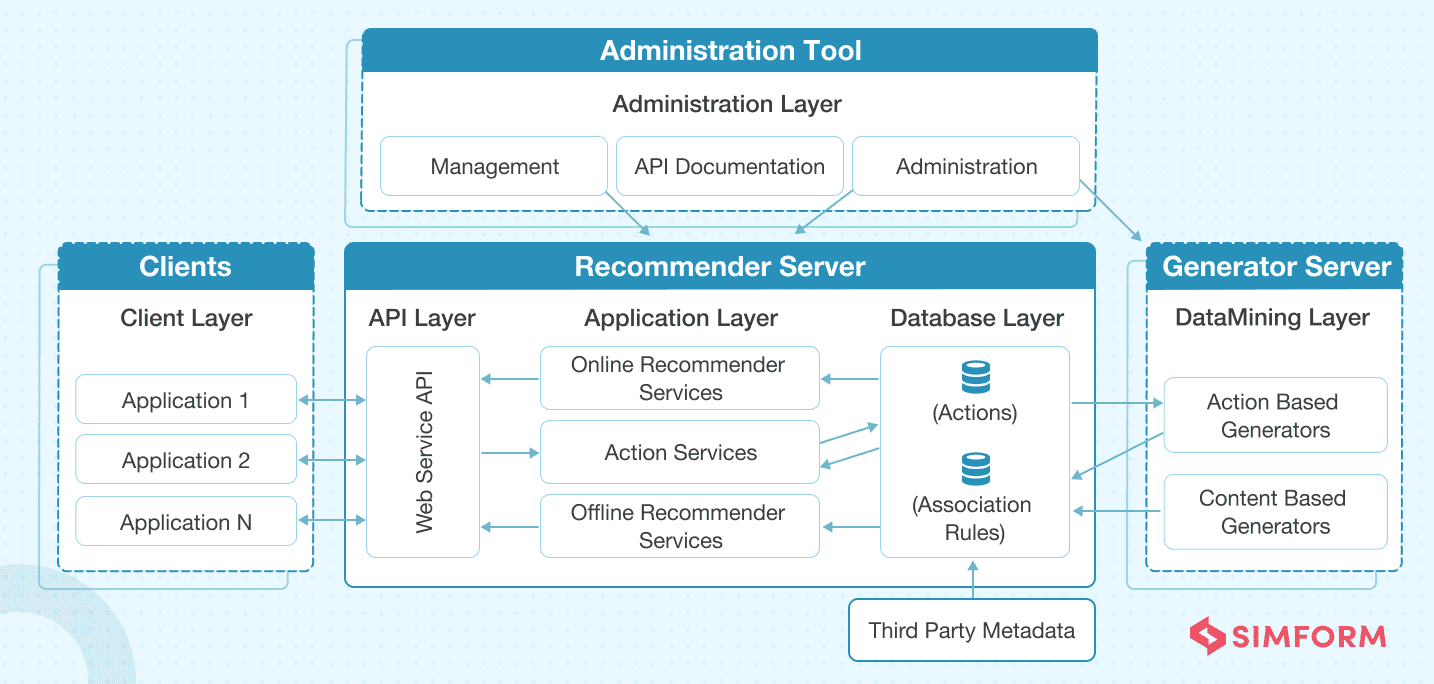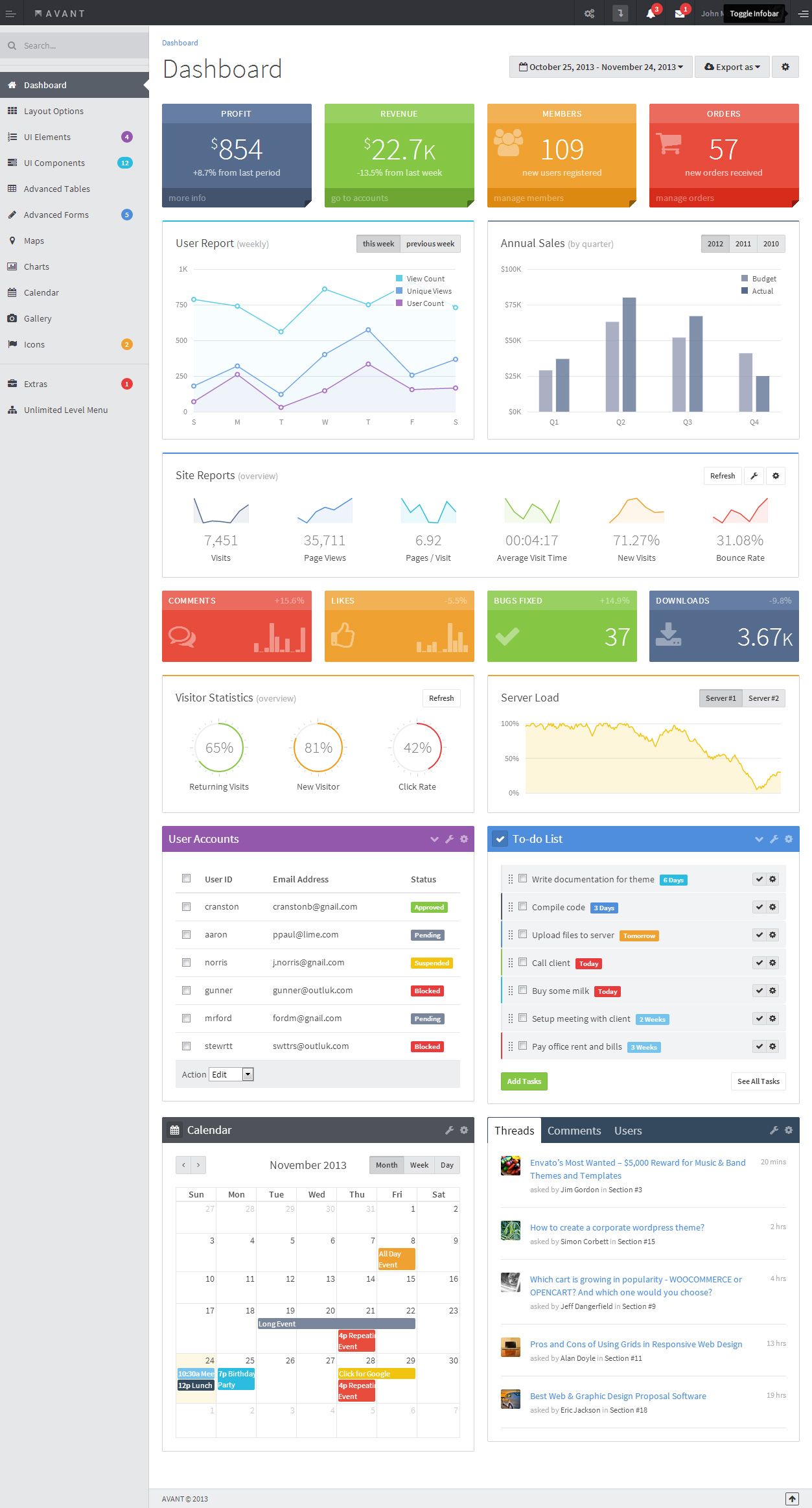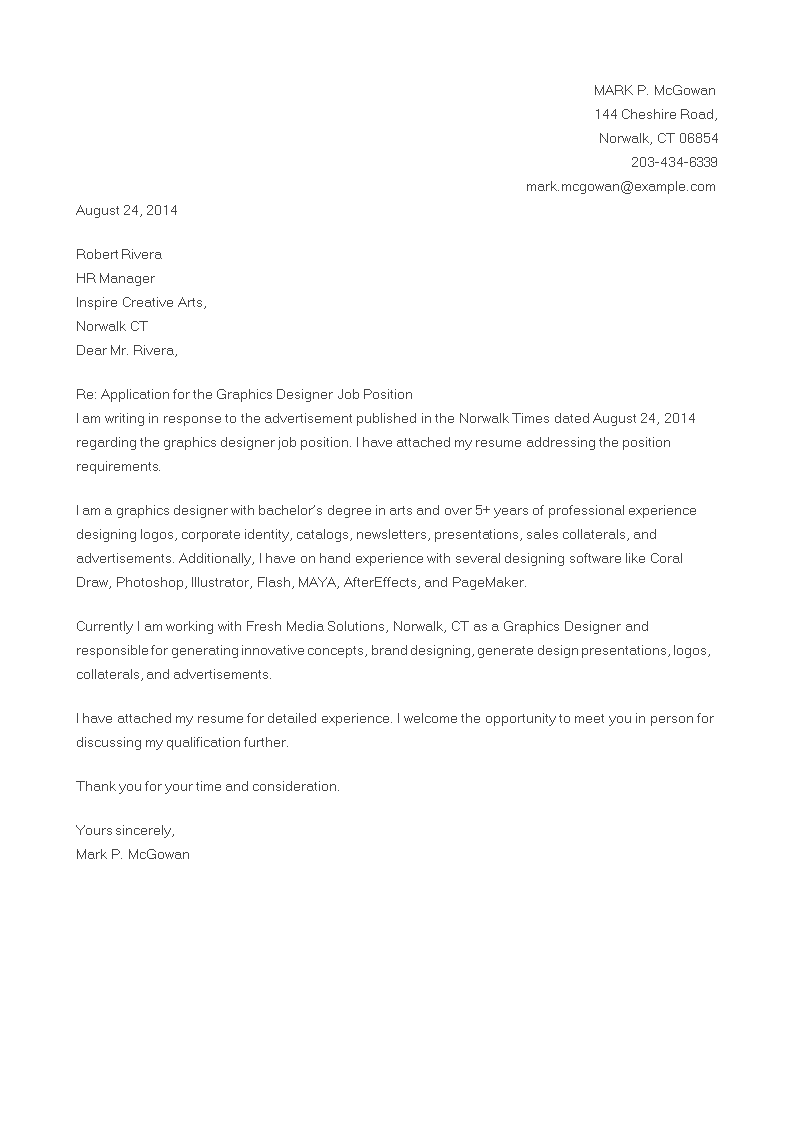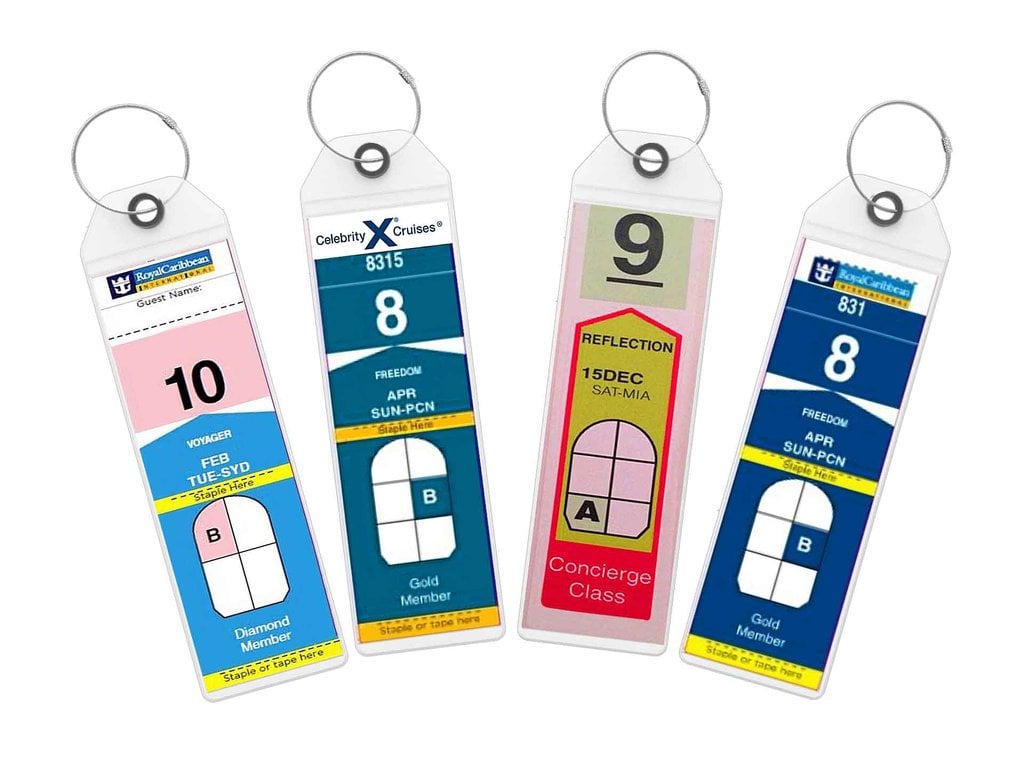Table Of Content
- Design-Build Advantages
- Understanding Construction Manager at Risk (CMAR)
- Cost Certainty
- Contact BB&R Design-Build for Your Next Project
- Design-bid-build or Design-build: Which Method is Right for your Project?
- DESIGN-BUILD CONSTRUCTION COMPANY IN DENVER AND COLORADO SPRINGS
- What are the pros and cons of design-bid-build vs. design-build for construction supervision?
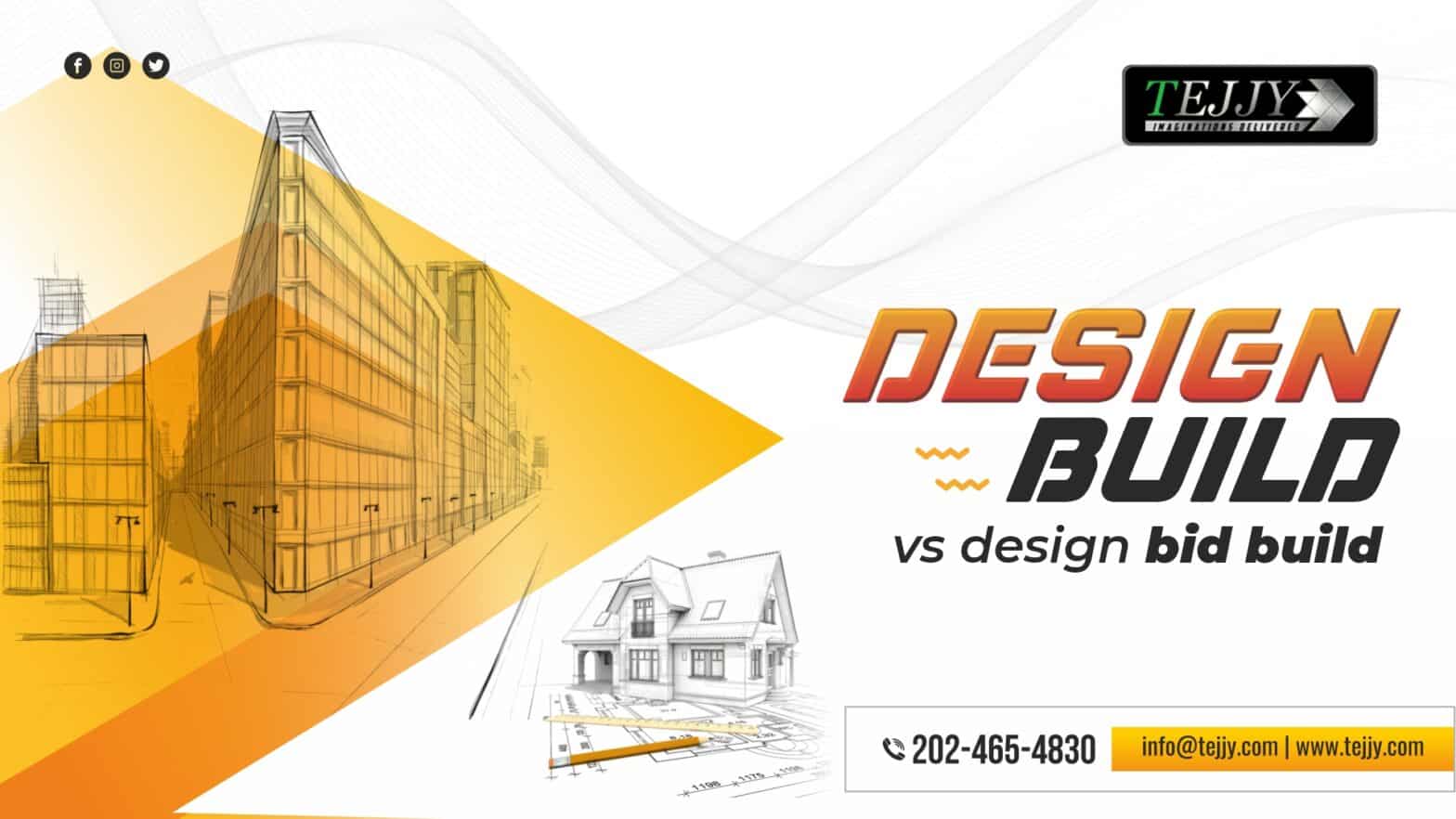
Since the designer and contractor are hired separately, you have a lot more control over the pricing of your project. Once you find a designer that fits your price range and can produce what you’re looking for, you get to pick the contractor bid. Choosing design-bid-build means slower turnaround but more involvement from the project owner.
Design-Build Advantages
When this partnership works, it can diminish the number of costly and time-consuming change orders and result in a better project. If it doesn't, there can be significant stress on the contractor to work with an unsuitable design or determine who is responsible for covering the cost of changes. Once construction is complete, the design-build team reviews the project with the owner for final acceptance then hands the project over to the owner. As soon as any stage of planning is released for construction, planning and building begins on that section. For instance, if the site requires specific preparation like drainage, that portion can begin before further designs are complete. Construction projects often involve a sole owner that’s in charge of everything from finances to project progress to design, and use a sole prime contract for all the building work....
Understanding Construction Manager at Risk (CMAR)
Design-build is often preferred for fast-track projects with tight timelines and complex designs. This approach integrates the design and construction phases, allowing for faster project delivery and potential cost savings. The design-build team works collaboratively, promoting efficient communication and streamlined decision-making.
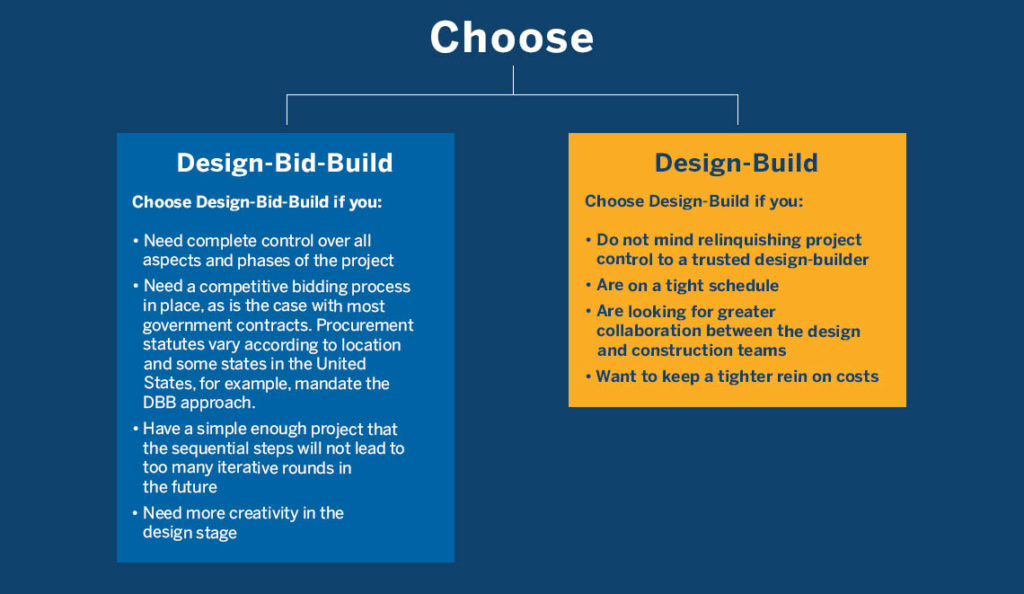
Cost Certainty
Alternative Delivery for Tunnels with Emphasis on a P3 DBFM Highway and Tunnel Project - Tunneling Business Magazine
Alternative Delivery for Tunnels with Emphasis on a P3 DBFM Highway and Tunnel Project.
Posted: Mon, 14 Dec 2020 08:00:00 GMT [source]
Once these plans are polished and ready to go, they are handed over to the winning bidder, who then follows the plans to construct the project. The design-bid-build delivery model allows owners to retain more control of the project. The owner can choose preferred design and construction teams separately, not having to settle for a prepackaged design-build team. Because designers and builders are kept separate and clearly defined, the project owner may benefit from increased transparency in the project process. The design-bid-build project delivery method is often compared and contrasted with design-build.
Just In Time (JIT) delivery is a foundational method of construction site logistics and inventory management. JIT involves scheduling and procuring materials to be delivered on site as close to... Owners who choose design-build must be willing to give up much of the control of the project, but also enjoy reduced risk. When construction is complete, the contractor reviews the final project with the owner and passes the finished product to the owner. The design-build contract isn't ideal for every situation — or all stakeholders.
Both Design-Bid-Build and Design-Build projects offer opportunities for utility coordination from the outset–reducing the risk of project delays and costly utility strikes. The project must be finished within a particular time frame when using the Design Bid Build method of construction. As a result, the phases do not overlap, making it easy to determine where the project is headed at any one time, which gives you clarity. If done correctly, this delivery permits some (design and administrative) phases to be skipped for the sake of time, money, and schedule.
While DBB doesn't benefit from early contractor input, stakeholders on a DBB project can benefit a great deal from clear, consistent, and organized communication surrounding all aspects of the project's progression. Further, the contractor should maintain open books for the owner to check the current schedule, budget adhesion, and any expected delays. Open communication can go a long way to avoiding or minimizing disputes on a project. A design-bid-build implies that a client has employed independent consultants, designers, and engineers to provide a set of documentation that most accurately reflects the developer’s goal. The documents are then publicly solicited and bid on to establish the lowest price for the documented scope of work. With so many clear benefits and the outlined drawbacks in each delivery method, making the right decision for your project can be a challenge.
Construction cannot begin prior to the design of the project being finalized and signed off, so timelines can be delayed. With design bid build, project owners get more control over the design process. The owner’s involvement is required instead of having a single project manager monitoring the design phase.
The designer is responsible for the quality and accuracy of the design, while the contractor is responsible for the execution and completion of the work. The owner acts as the intermediary between the designer and the contractor, and has to manage any changes, disputes, or claims that may arise during the project. Design-bid-build, according to Perlberg, is the most used — hence why it’s often referred to as the traditional project delivery method. That’s because of its time-tested process that has been used almost as long as construction has been an industry. Construction Manager at Risk, also called CM at Risk or simply CMAR, is also a derivative of the Design-Bid-Build process. But instead of the designer overseeing the design process and construction quality, a construction manager (CM) is hired by the owner to oversee the entire project.
As opposed to the Design-Build delivery, DBB does not provide a trusted builder to provide early cost and schedule input to maintain an owner’s budget and timeline. When the bids collected during the competitive bidding process do not meet the owner’s/developer’s expectations, the project can come to a standstill for redesign and re-engineering. If that happens, more time and more cost will likely be necessary to advance the project. In conclusion, design-build and design-bid-build are valuable project delivery methods in the construction industry. These project delivery methods are staples in the construction industry, with unique attributes. They offer different approaches to the process of bringing a construction project from conception to completion.
Much like CMAR, design-build brings project stakeholders together earlier than other project methods. However, DBB organizes roles and responsibilities differently to offer unique features and downsides. An owner who chooses design-build will begin project conception, feasibility, and site selection in consultation with a design-build team.
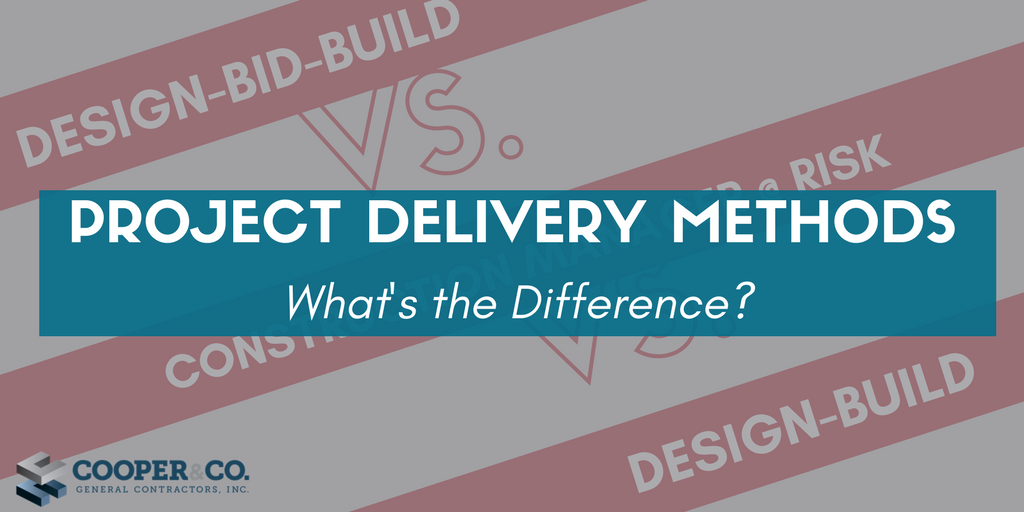
He holds a doctorate in Environmental Design and Planning from Virginia Tech in Blacksburg, VA. He’s also worked as an estimator and project manager, with previous experience in purchasing, buyout and project site supervision. Dr. Sands’s passion for the construction industry was inspired by his father’s work as a carpenter.
Design-build has become quite a popular alternative to the traditional design-bid-build construction delivery model for many project owners. But the model isn't suitable in every situation, and not all stakeholders agree it's the best way to get things done. Because design-build melds together the design and construction phases under a single contract, the construction team can begin work before all designs are finalized. Designers remain a part of the process throughout the project and can continue to make changes as needed. In the first phase of design-bid-build, the owner has an idea of the project and contracts a design team that includes architects and engineers to help conceptualize the entire project.
